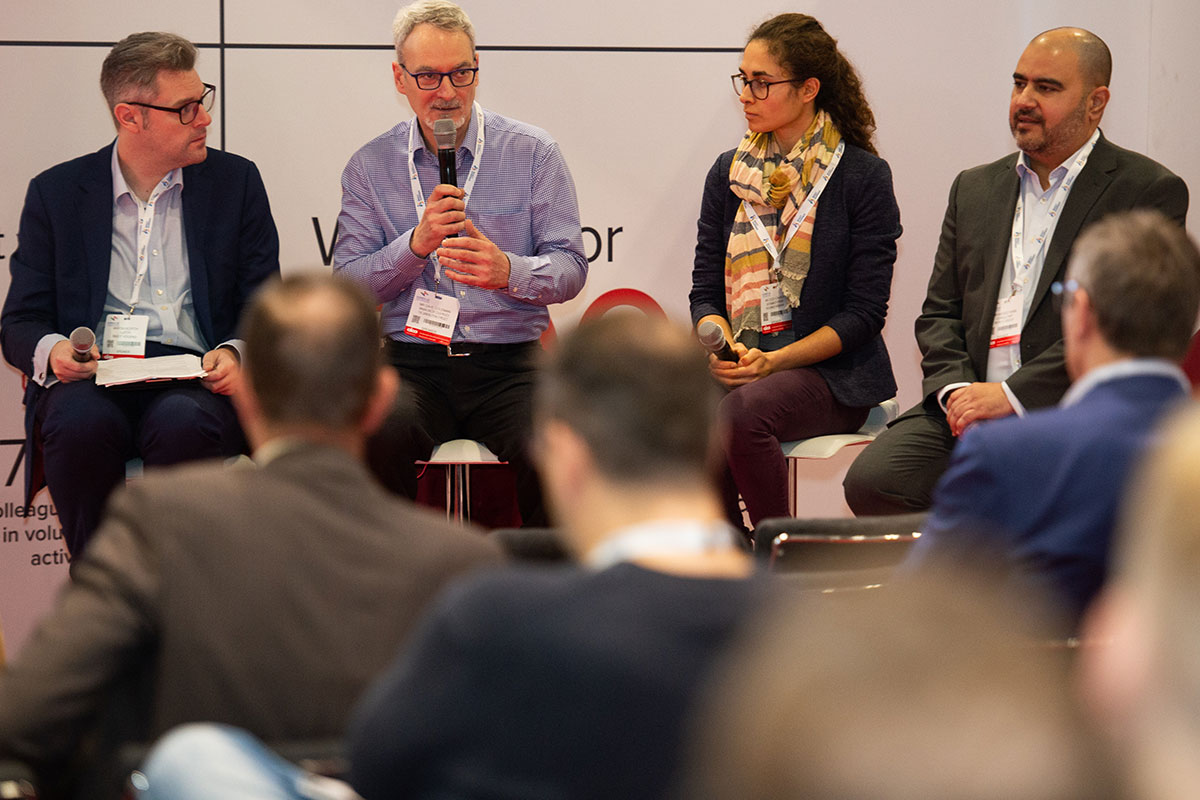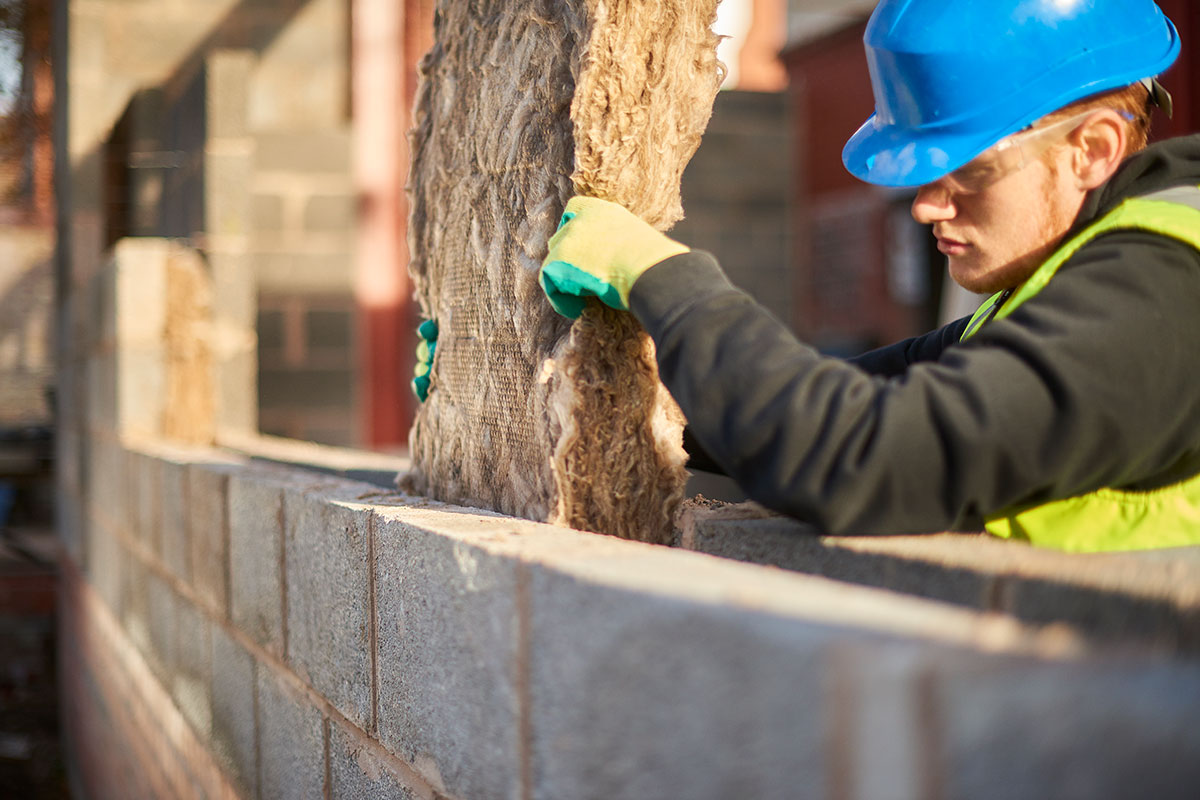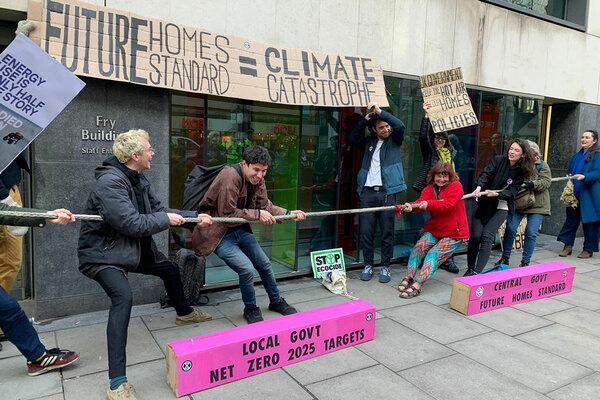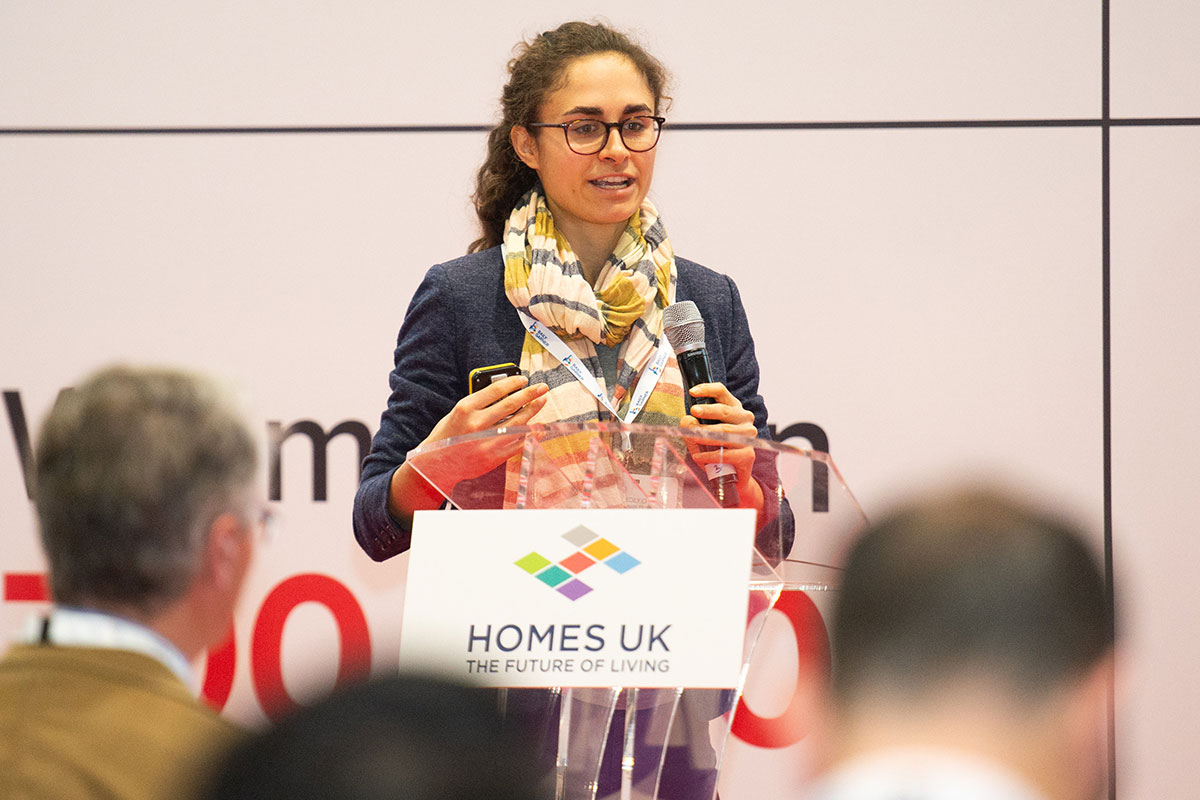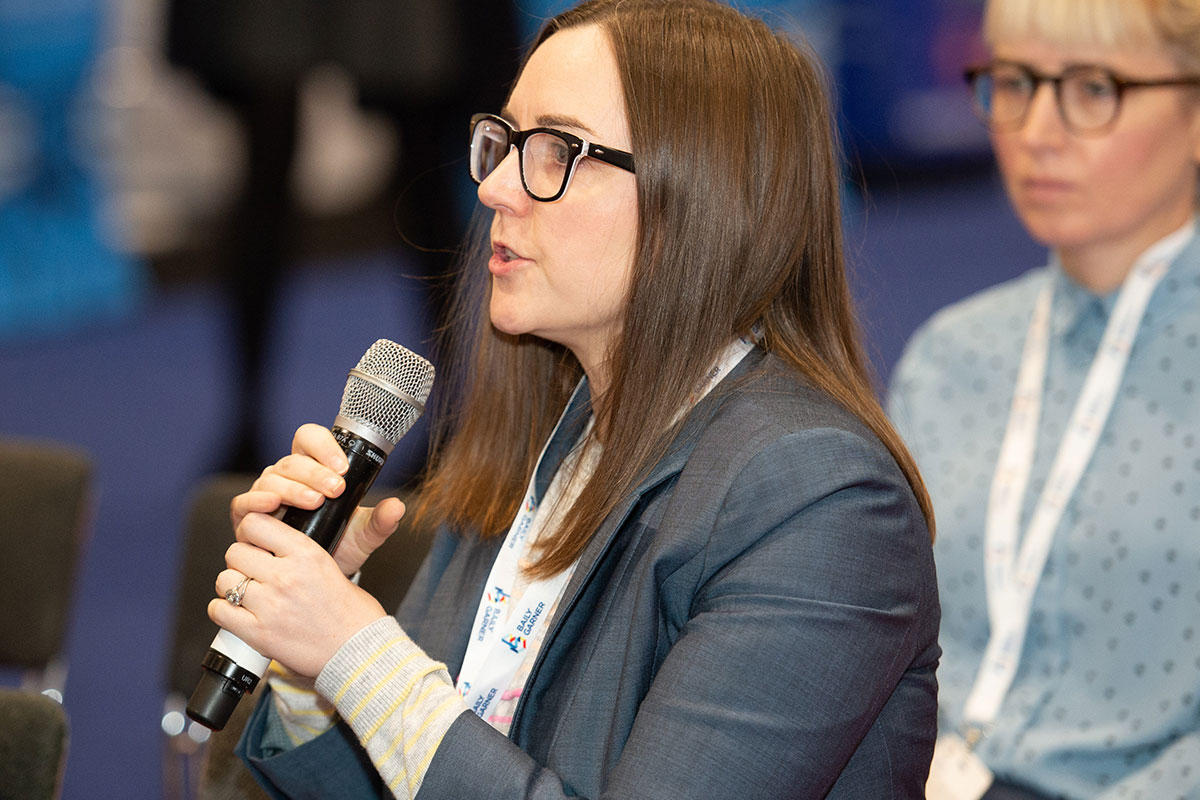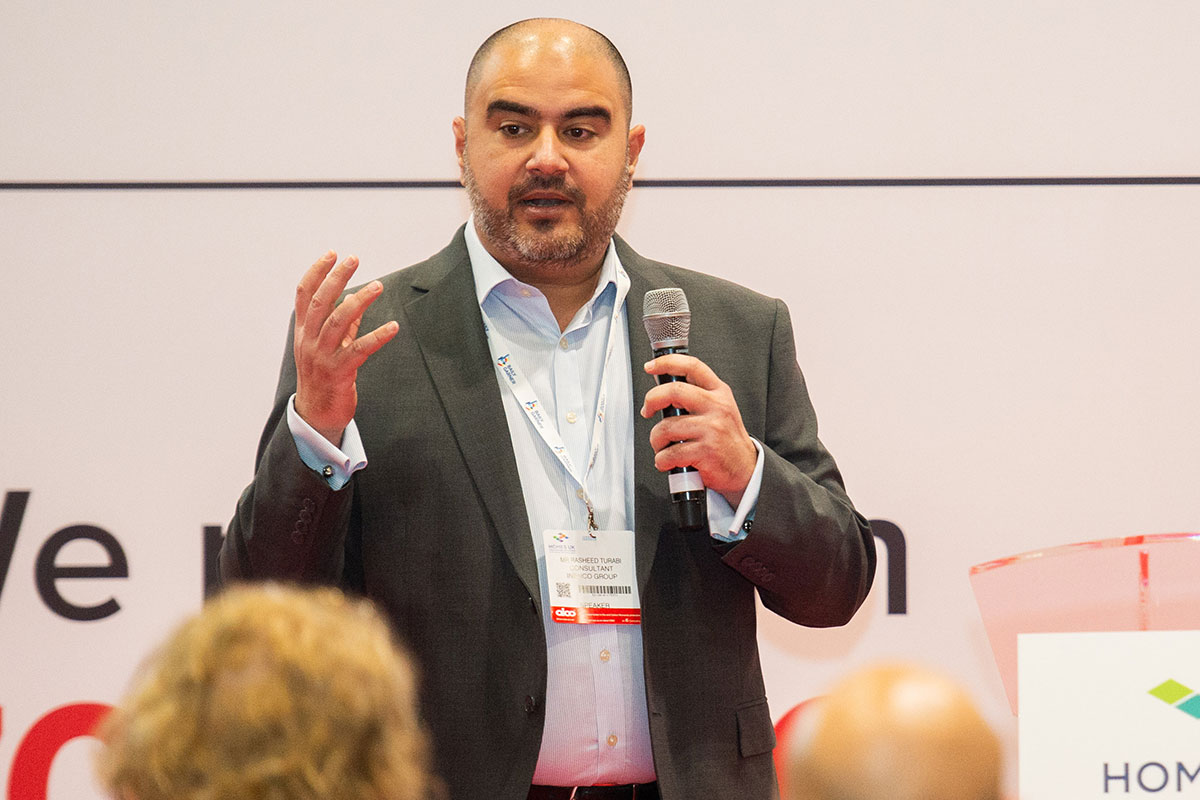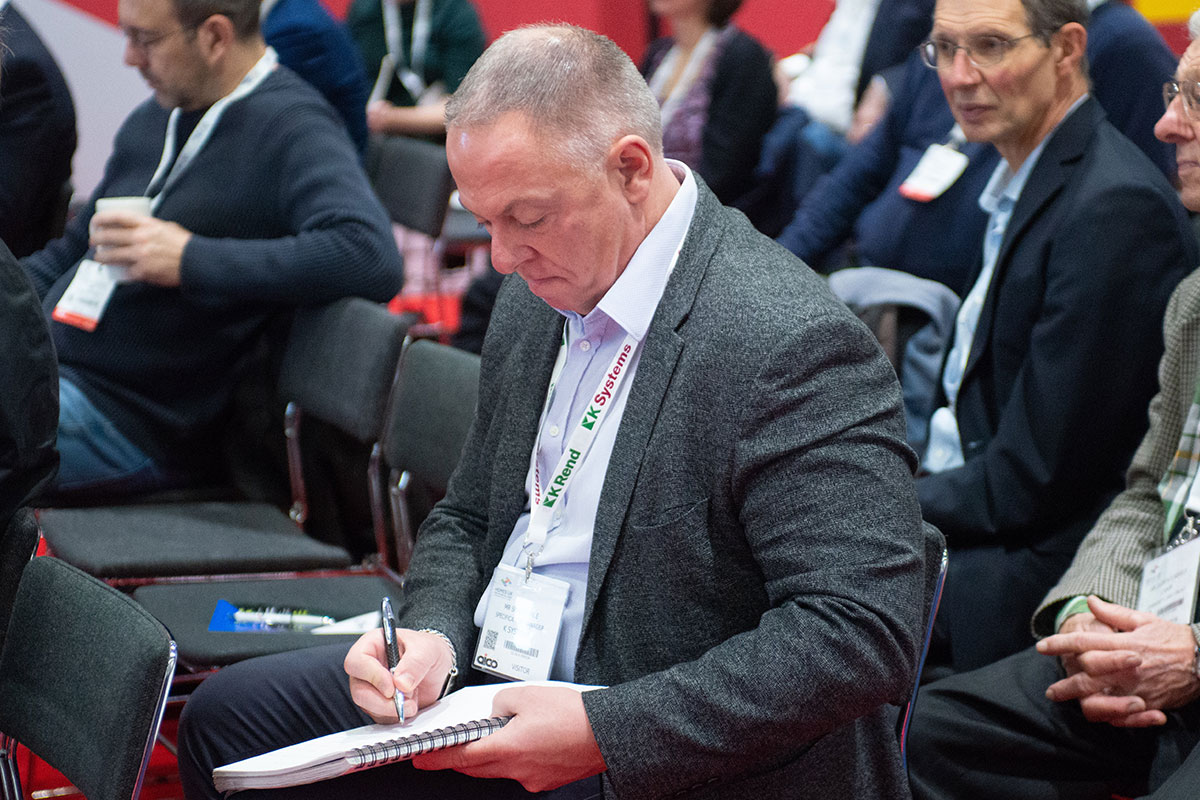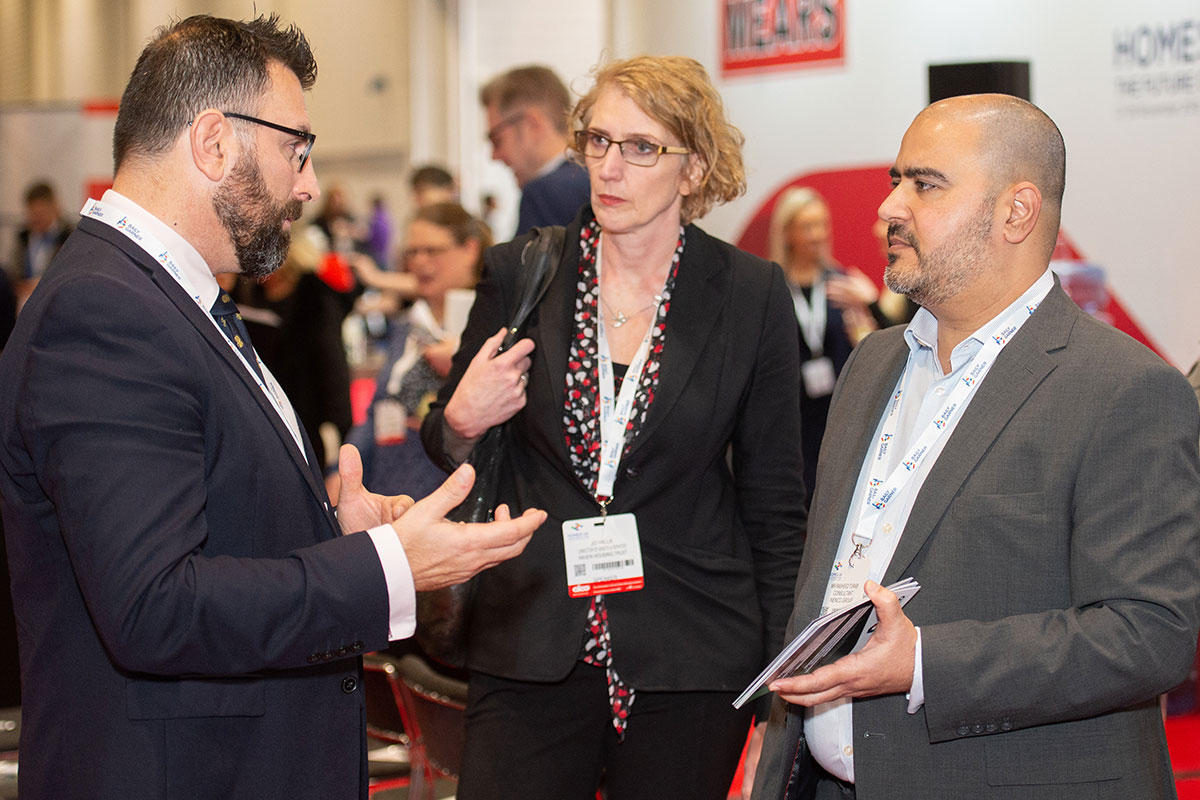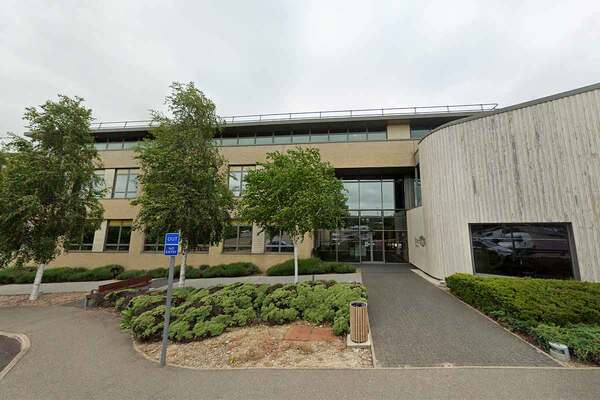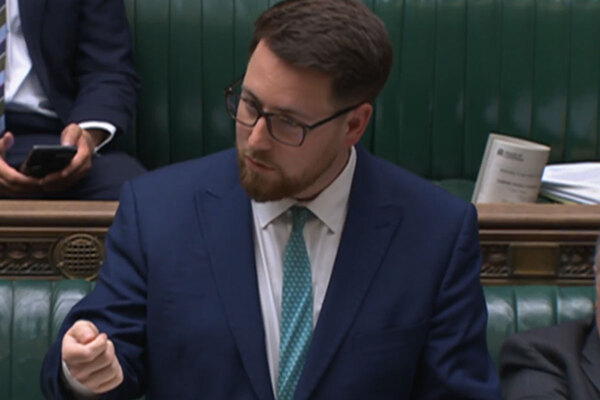How joined-up thinking can help landlords tackle the climate crisis
As the world runs out of time to act on the climate crisis, Inside Housing asks experts from the housing and sustainability sectors how to maximise energy efficiency in social housing. Photography by SWNS
In association with:

It is almost 130 years since the Guinness Partnership was founded, but the purpose of the organisation – now one of the country’s largest housing associations – is unchanged: to improve people’s lives.
According to Cecily Church, sustainability officer at Guinness Partnership, that means climate change and energy efficiency are key concerns. “We’d say a vital part of improving people’s lives is to ensure that homes are affordable to run, comfortable and tackle fuel poverty,” she says.
Ms Church is speaking at an Inside Housing breakfast briefing kicking off the second day of HOMES UK 2019 at London’s ExCeL centre. The session, run in association with Inenco, the energy consultancy, is exploring how to maximise energy efficiency in social housing.
With more than 65,000 homes across England, the scale of that challenge for Guinness Partnership has not gone unnoticed by those charged with meeting it. “We calculated that, if we are to ensure all of our housing stock is zero carbon by 2050 [in line with the target now enshrined in British law], we would have to [make] 10 homes [zero carbon] every working day between now and then,” Ms Church tells delegates.
This would mean financial savings for residents as well as benefits for the environment. But it is clear that the only way such success will be secured is if associations can also find their own efficiencies along the way. The focus of the breakfast briefing is thus not just on how to increase energy efficiency – it is about how to minimise cost while doing so.
For Dave Coleman, managing director of the Carbon Literacy Project, partnership will be key. “If we collaborate, we can do things more cost-effectively,” he argues. “And if anything was an opportunity to collaborate – dealing with climate change and this huge retrofit project which we’ll have to deliver – this is it.”
His organisation is a charity that offers a day-long course on climate change, and why it is relevant to both individuals and the organisations in which they work. Mr Coleman says collaboration has been key in spreading such learning opportunities within the social housing sector.
“In the North of England and Greater Manchester, 20 housing associations came together and said, ‘Rather than us all doing carbon literacy individually and creating our course, why don’t we all just come together and collaborate?’” he says.
He explains that, on the back of this thought process, each association decided to put £2,000 into a pot. “So they ended up with £40,000 and then they created five different carbon literacy courses for different types of people.
“It was an example of a very small amount of money deriving huge benefits. Thousands of people have become carbon-literate as a direct result of this initiative.”
Engaging people in the need for greater energy efficiency is, Mr Coleman suggests, a vital ingredient for success. It is a point reinforced by the final speaker at the session, Rasheed Turabi, who is a consultant at Inenco.
“With the best will in the world, with the most financially viable project, if you don’t get buy-in and if you don’t get
ownership of the project it’s not going to be implemented,” Mr Turabi contends.
In the context of energy efficiency, proving that financial viability starts with metering and automation, according to Mr Turabi. “People talk about a lot of big projects, massive heating centres, but without metering, without being able to see where you stand now, you will not be able to define a pathway [to greater energy efficiency and to zero carbon],” he says. “And that pathway will not have buy-in, regardless of how enthused you are about the topic.”
But from which level does that buy-in need to come? If housing associations really want to drive energy efficiency, with cost efficiency at the centre, does engagement need to be at the top level or elsewhere?
For Ms Church, it is the latter – with “elsewhere” defined as “everywhere”.
She says: “I think it has to come from the top and those who manage the budgets, and then it has to be embedded across every single part of the organisation. So our development team needs to be thinking about what the implications will be for asset management teams and they need to have recognition that if we’re not building to higher [sustainability] standards now, they’re just going to be our retrofits in a few years’ time.”
In terms of current work on fire safety, Ms Church sees an opportunity for this sort of cross-organisational buy-in – and a chance to further advance the environmental agenda in a cost-effective way. She suggests that replacing cladding can, for instance, be a chance to embed further sustainability measures.
“I think there is a willingness when there is that level of disruption and cost anyway to go a little bit further to make the case for future-proofing and to have the environmental case alongside the safety case.”
To capitalise on such opportunities, she argues a joined-up approach will be key. “There’s sometimes a risk the left hand doesn’t know what the right hand is doing, and that, say, we’re replacing a kitchen but we’re not topping up the insulation. So we’re missing opportunities where it could be more cost-efficient to do things at the same time.
“Internal to the organisation, there needs to be information about best practice and what needs to be done and when.”
As the session comes to a close, Mr Coleman takes the opportunity to say that the broad answer as to when to take action on sustainability is, simply, now.
“We don’t need any more technology than we have now to deal with climate change. We have all of the answers already. That doesn’t mean that new technology won’t help us to be efficient and more cost-effective, but there’s a temptation to wait for the next magic bullet. Well, we haven’t got time any more. Because of the urgency, we need to just get on with what we’ve got.”
